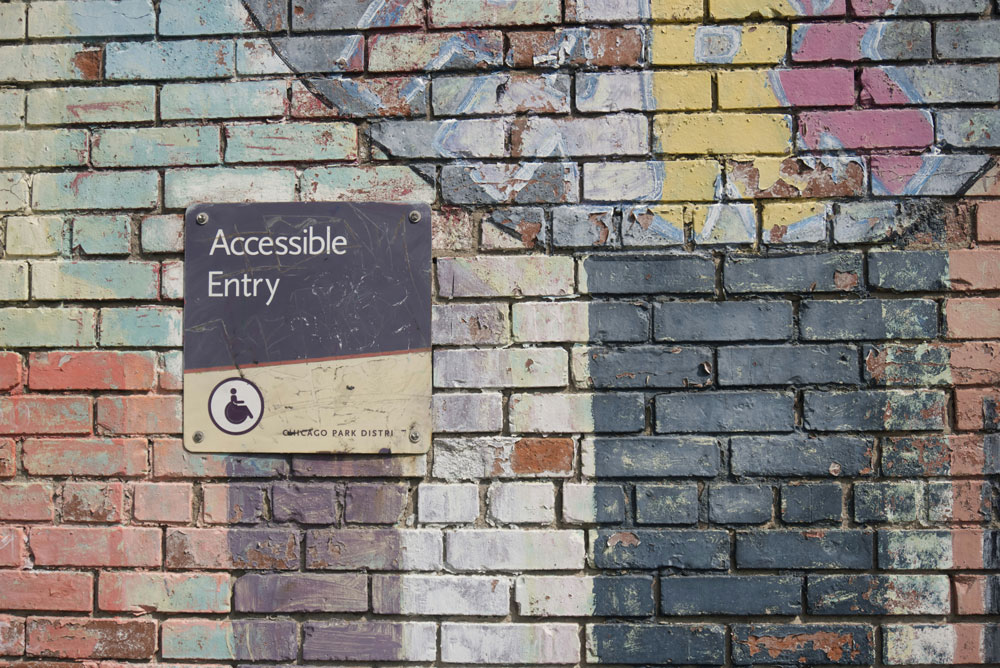Planning Accessible Community Events: A Comprehensive Guide
Planning community events is a rewarding endeavor that brings people together, fosters unity, and builds stronger communities. However, to ensure the success of any event, it's crucial to prioritize accessibility.
Accessibility ensures that everyone, including people with disabilities, can participate fully and enjoy the event without barriers. This comprehensive guide will provide you with insights into planning accessible community events, outlining what to consider, and offering practical tips to make your event welcoming for everyone.

Understanding Accessibility
Accessibility in event planning means more than just providing physical access. It encompasses a broad range of considerations, including sensory, cognitive, and social aspects, to ensure that all participants can engage fully with the event.
By keeping accessibility in mind, you're not only complying with legal requirements but also demonstrating inclusivity and respect for every individual's needs.
1. Start with an Accessibility Checklist
Creating an accessibility checklist is the first step in planning an inclusive event. This checklist should cover various aspects, such as venue accessibility, communication methods, and program flexibility. Consider the following:
-
Venue Accessibility: Is the venue wheelchair accessible? Are there accessible parking spaces, restrooms, and seating arrangements?
-
Sensory Considerations: Have you planned for attendees with sensory sensitivities? This can include quiet areas for people who may get overwhelmed by noise or detailed descriptions for visually impaired attendees.
-
Communication Access: How will you ensure that everyone can access information about and during the event? This may involve providing sign language interpreters, captioning services, or written materials in various formats (large print, Braille).
-
Dietary Needs: Will the event cater to various dietary requirements, such as vegetarian, vegan, gluten-free, or allergy-friendly options?
2. Choose an Accessible Venue
Selecting an accessible venue is paramount. Look for venues that comply with the Americans with Disabilities Act (ADA) or your country's equivalent. Conduct an on-site visit to assess the venue's accessibility features, including entrances, pathways, restrooms, and emergency exits. If possible, involve individuals with disabilities in this assessment to gain firsthand insights into potential barriers.
3. Engage with the Community
Engagement with your community can provide valuable feedback on what must be considered to make your event accessible. Reach out to local disability organizations or advocacy groups for guidance and support.
They can offer expert advice and may help you identify needs that you hadn't considered.
4. Plan for Diverse Needs
Remember that disabilities can be visible and invisible, and planning should encompass all spectrums. This includes providing materials in different formats, considering the needs of people with autism or ADHD who might require a quiet space, and ensuring that any online components of your event are accessible (e.g., websites and virtual event platforms are screen reader-friendly).
5. Train Your Staff and Volunteers
Training staff and volunteers on the importance of accessibility and how to assist attendees with disabilities is crucial. This training should cover the basics of disability awareness, communication etiquette, and how to respond to requests for assistance or accommodation.
6. Communicate Accessibility Features
Well in advance of your event, communicate the accessibility features and services that will be available. This information should be accessible through various channels, including your event's website, social media, and promotional materials.
Be clear about who to contact for specific accommodation requests.
7. Provide Clear Signage and Information
On the day of the event, ensure that signage is clear and easy to read, with symbols indicating accessible features (e.g., wheelchair access, and quiet rooms). Information booths or dedicated staff are available to assist attendees in navigating the venue and accessing services.
8. Implement Feedback Mechanisms
After the event, gather feedback from attendees about the accessibility of your event. This can be done through surveys, focus groups, or informal conversations. Use this feedback to improve future events, making them even more inclusive and accessible.
|
Accessible Friendly Seating Our maps support accessibility options such |
Tips for Ensuring Accessibility
-
Flexibility is Key: Be prepared to make last-minute adjustments to accommodate attendees' needs.
-
Use Technology Wisely: Leverage technology to enhance accessibility, such as apps for real-time captioning or virtual reality experiences for those who cannot attend in person.
-
Budget Accordingly: Allocate your budget for accessibility features, such as hiring sign language interpreters or renting assistive listening devices.
-
Promote Inclusivity: Encourage all attendees to be mindful of each other's space and needs. Foster an environment of respect and inclusivity.
Conclusion
Planning an accessible community event is a multifaceted process that requires thoughtful consideration and proactive planning. By prioritizing accessibility from the outset, you not only ensure compliance with legal requirements but also demonstrate a commitment to inclusivity and respect for every individual's experience.
Remember, an accessible event is a successful event, one that builds stronger, more inclusive communities where everyone is valued and can participate fully. Let your event set a standard for accessibility and inclusivity, showcasing the best of what community events can be.







